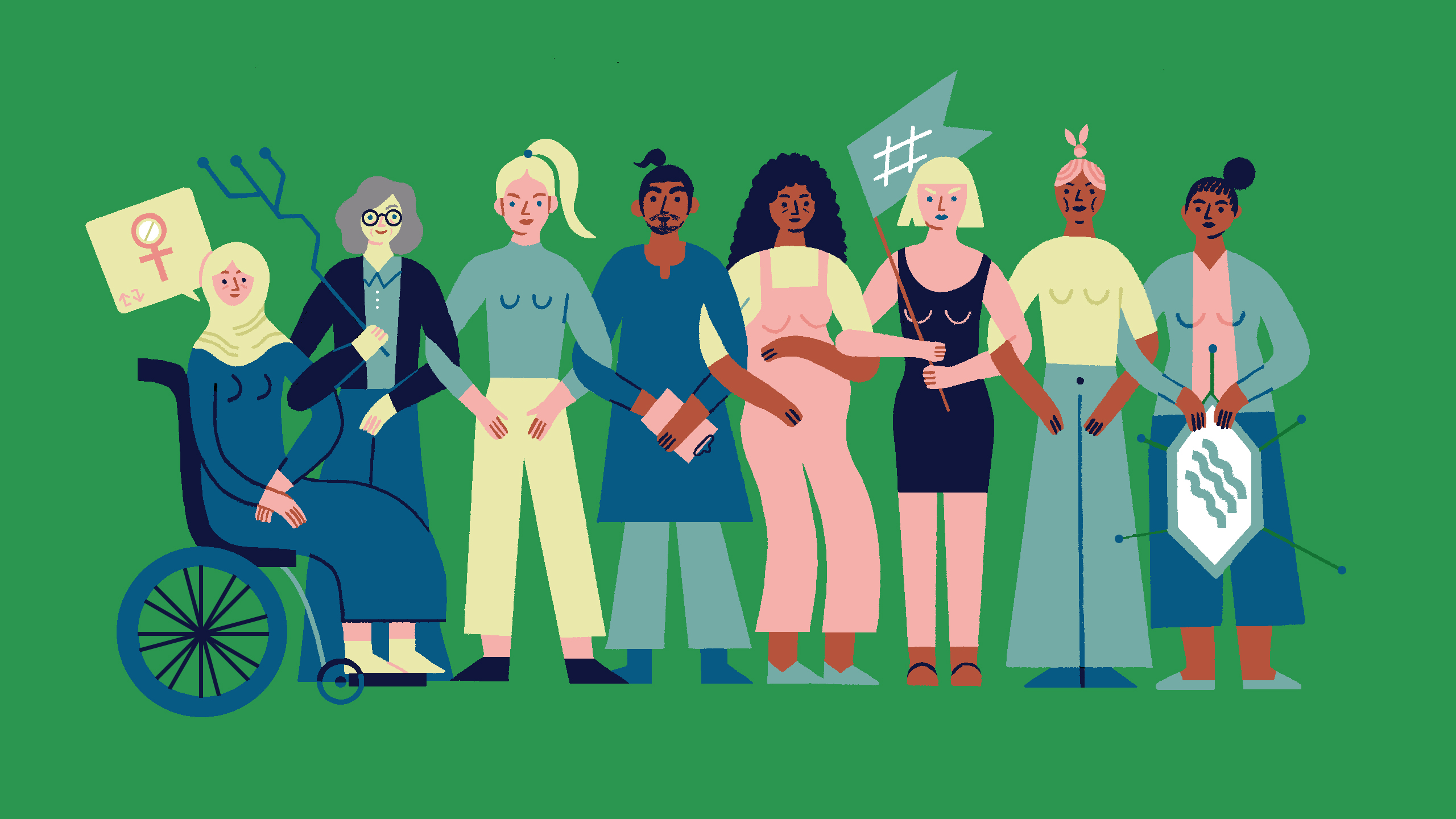
Women*s Rights
In honour of International Women’s Day 2021, DFF presents a mini-series to highlight the importance of intersectional feminism for digital rights. This collection of blogs, contributed by guest authors from our network, illustrates why we must embrace intersectional perspectives if we want to defend the digital rights of all. You can read the full series here.

An intersectional look at women's digital empowerment
In 2015, when the United Nations established the Sustainable Development Goals, Goal 5 encapsulated the goals of gender equality, listing multiple sub-goals that must be achieved in order to build a more equal world by empowering girls and women.
Subsequent to this, the topic of women’s access to technology and the use of “‘sex-disaggregated data”’ to boost women’s empowerment around the world received a lot of attention. And, while we certainly need more access to technology for all women, the reality is complex — and must be viewed from an intersectional perspective.
While having more granular data can potentially provide better information for making governance and policy decisions to empower women and girls globally, the mere availability or abundance of data is not enough to meaningfully achieve women’s empowerment.
Similarly, with access to technology, as studies in the global South have shown, access to wi-fi, smartphones and mobile data (“connectivity”) simply do not translate to free online participation for girls and women.
Free online participation is still contingent upon the social, cultural and political factors such as patriarchal familial and communal norms, as well as top-down factors (such as state censorship and internet bans).
Not only this, but for girls and women who are privileged enough to own or have access to personal computing devices, the gendered economy of work entails so much unpaid care work at home, with children and outside, that women’s technology-use ultimately looks very different than that of the average male technology user.
In that sense, when thinking about technology and women’s empowerment, it is not enough to focus simply on women’s use of technologies, but rather, to “look around” at contexts of access and use, and adopt an intersectional approach that accounts for caste, class, social location, familial dynamics, the gender composition of local government bodies and so on.
Obversely, when using sex-disaggregated data to inform regional and national policies on women’s development, there is a crucial need to adopt a critical participatory approach whereby women are not only computed as individual data points, but rather as “data bodies” that are constantly interacting and being affected by their contexts and systematic issues.
By Noopur Raval, postdoctoral research fellow at the AINow Institute.



